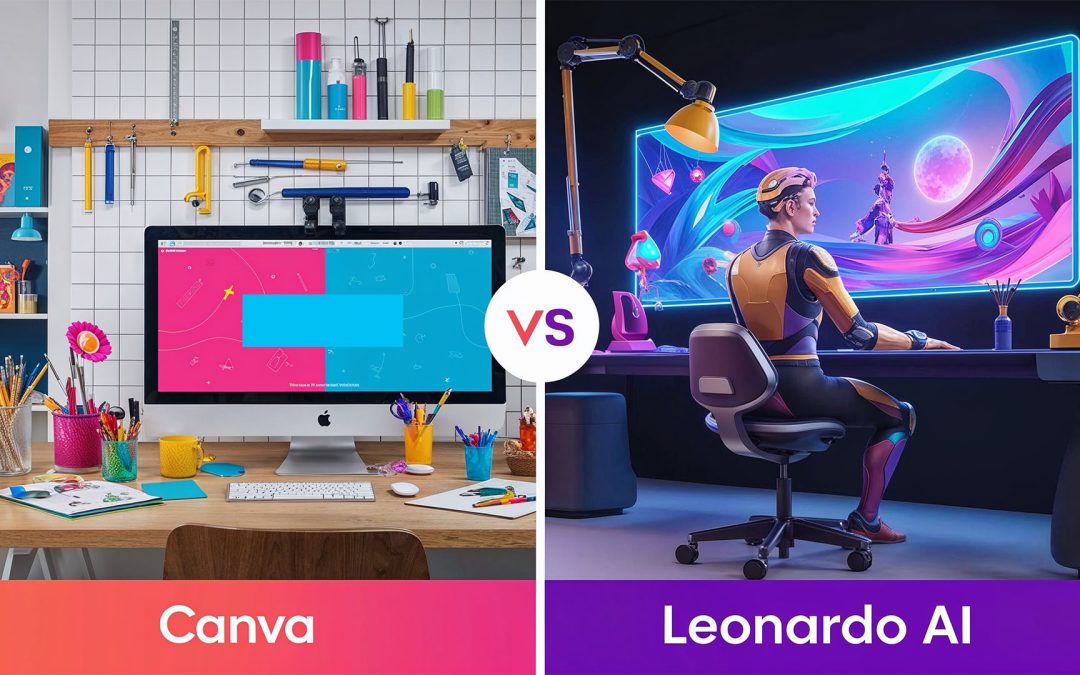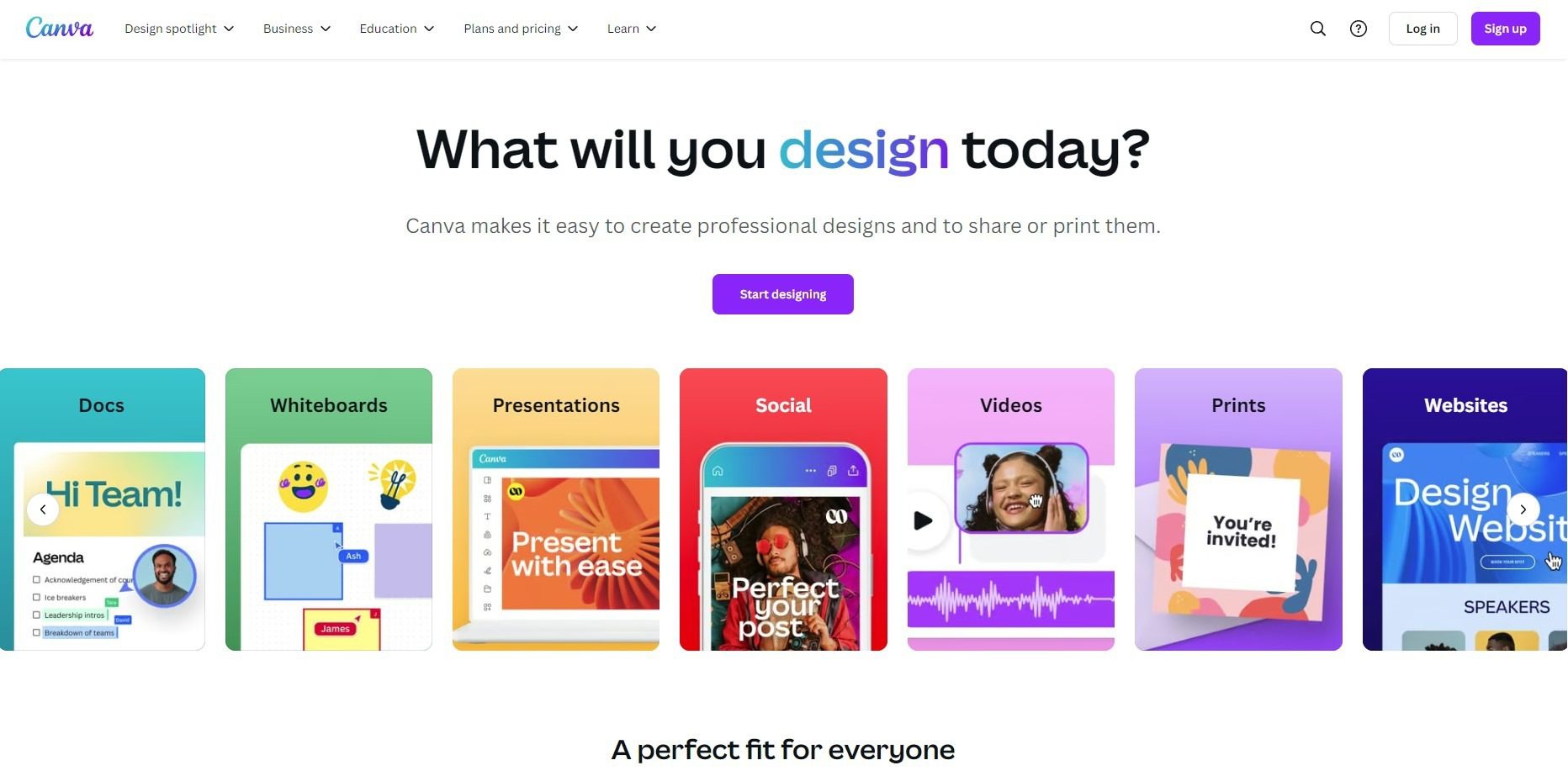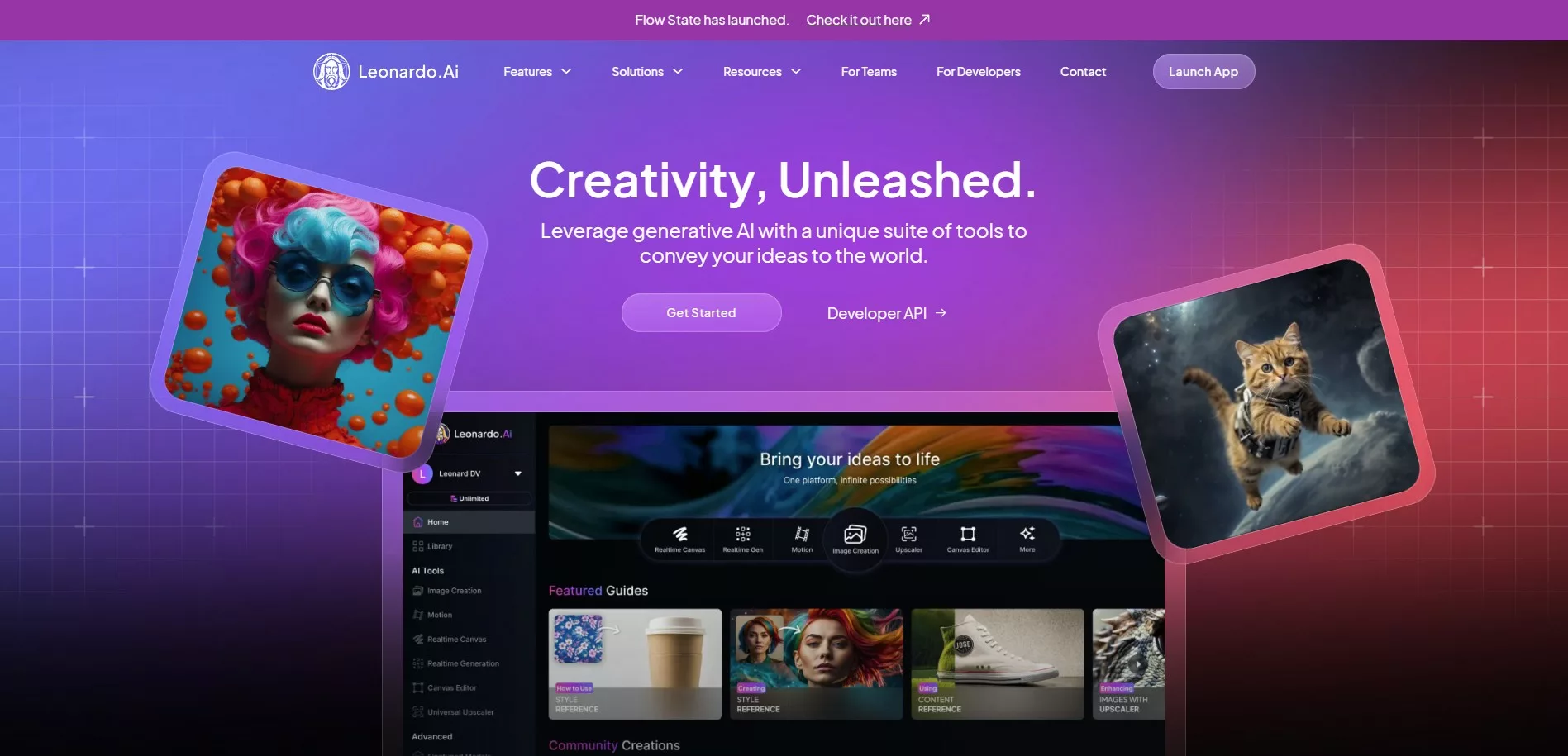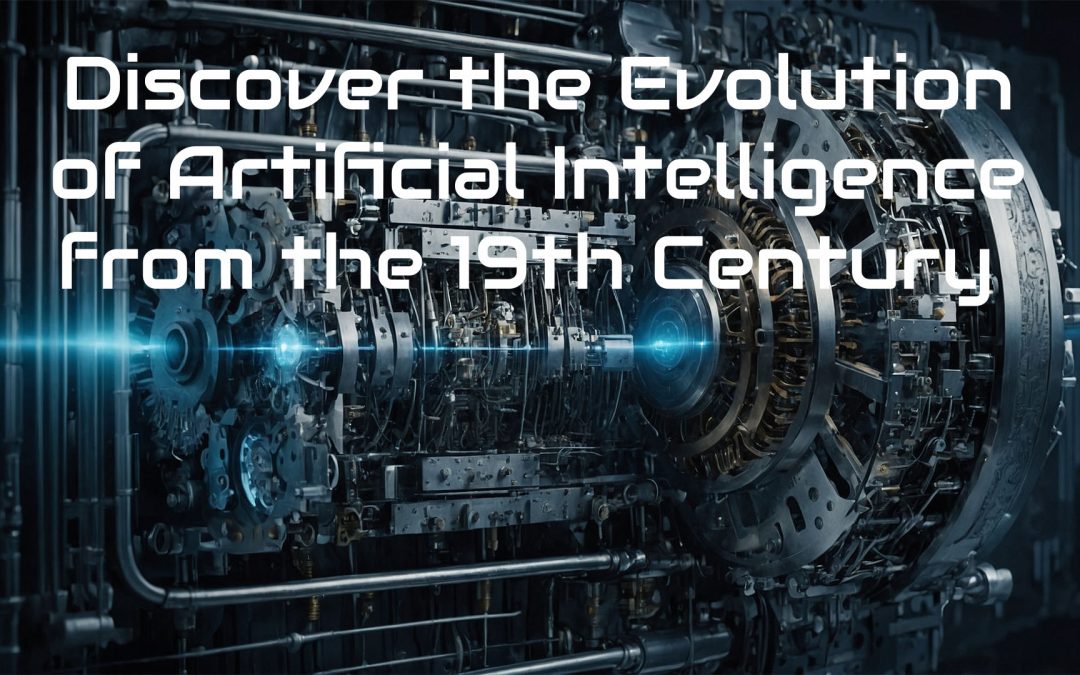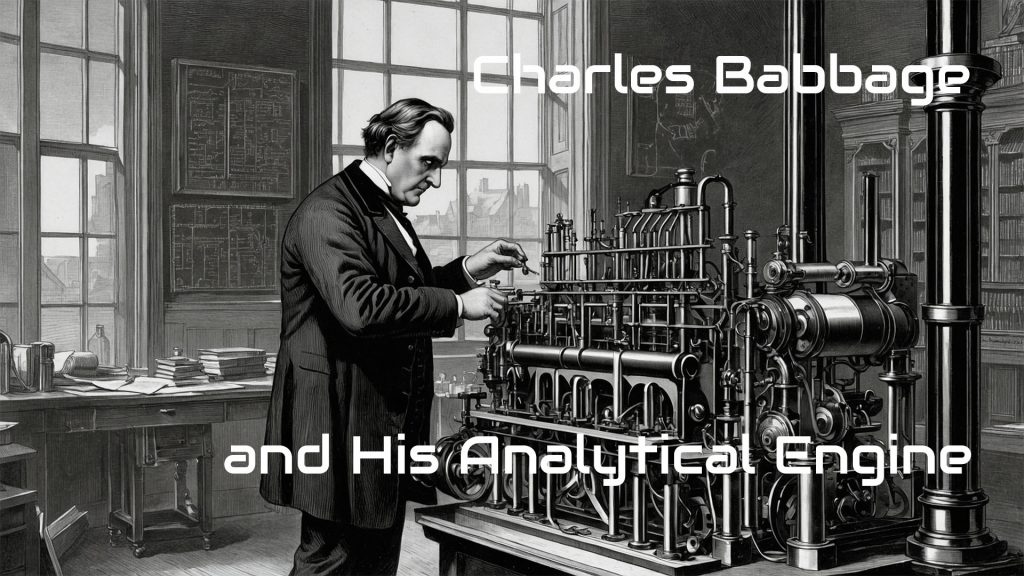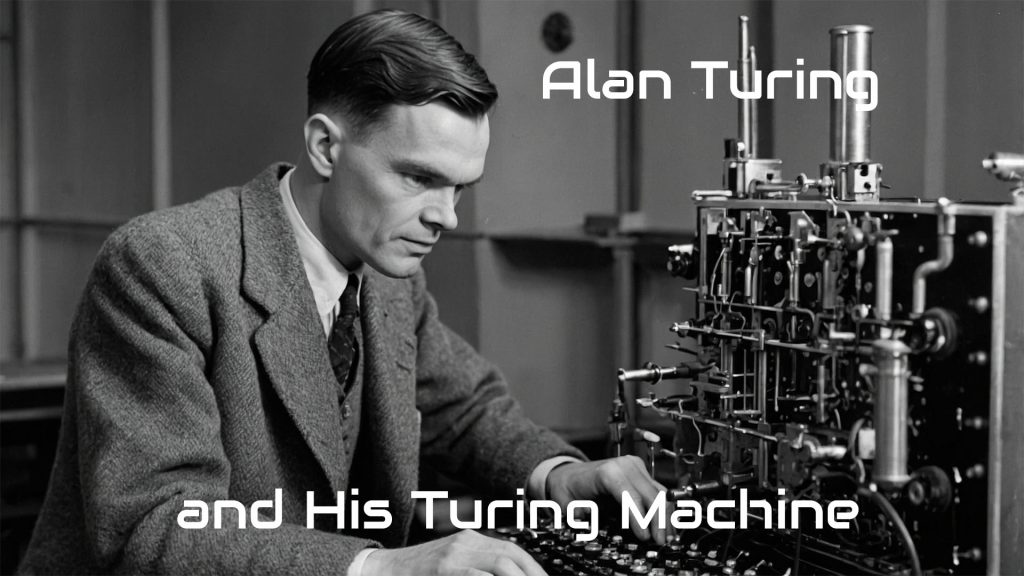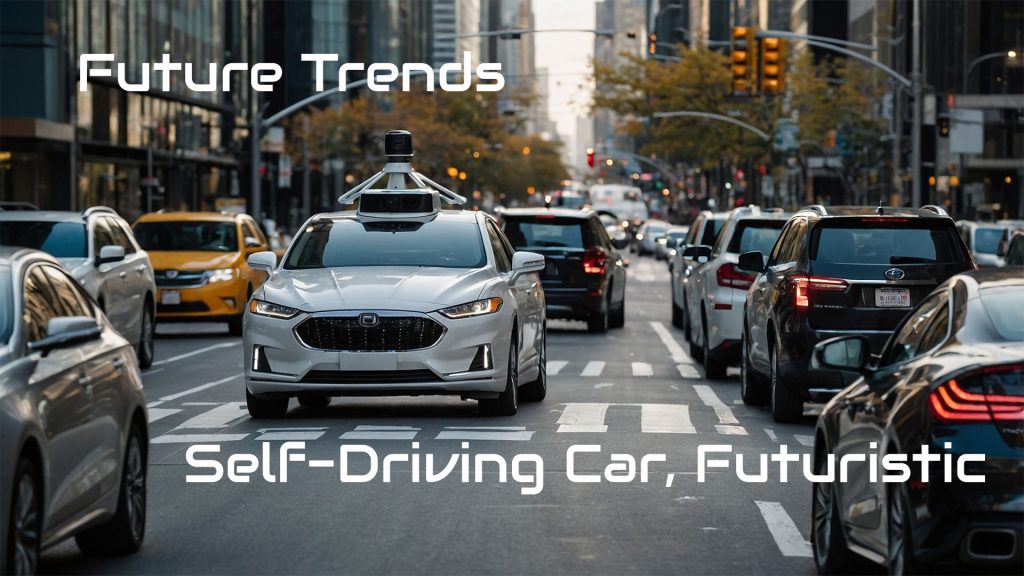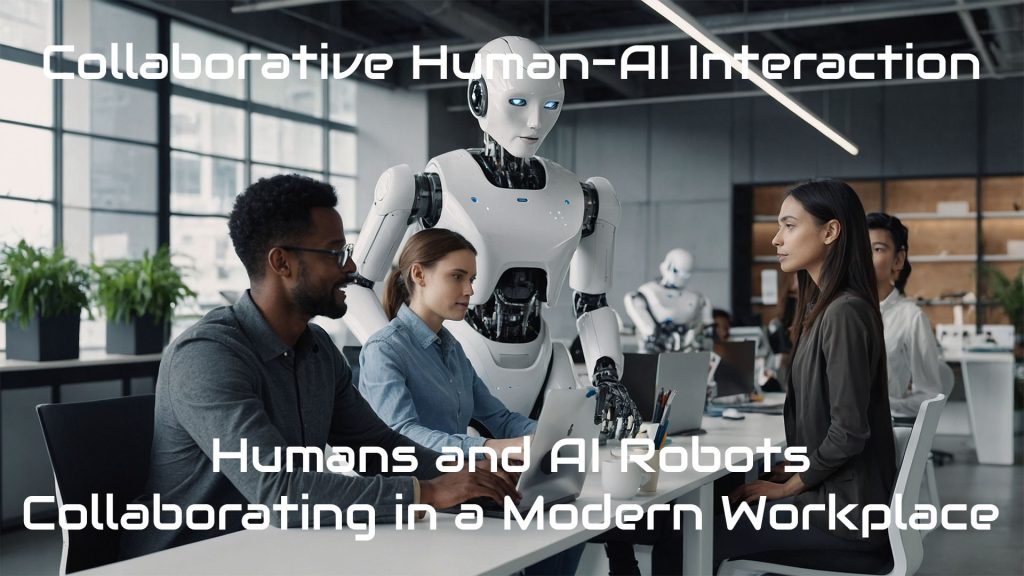
Discover Edge Computing: IoT & Real-Time Processing in the 21st Century
Introduction – About Edge Computing, Powering IoT, and Real-time Processing
Edge computing rapidly transforms the digital landscape by enabling IoT devices to process and analyze data closer to the source.
- This innovation reduces latency, improves efficiency, and addresses bandwidth limitations, making it indispensable in an era of crucial real-time data processing.
- It is at the forefront of technological evolution, from smart cities to healthcare and autonomous vehicles.
- It refers to the decentralized processing of data near the physical location where it is generated.
In brief, unlike traditional cloud computing, which sends data to centralized data centers, edge computing processes data at or near the network’s “edge,” minimizing the need for long-distance communication.
What is IoT?
The Internet of Things (IoT) refers to a network of interconnected devices that communicate and exchange data via the Internet.
These devices range from everyday objects like smart thermostats and wearables to complex industrial machinery.
IoT systems collect, share, and analyze data to improve efficiency, automate processes, and enhance user experiences.
By integrating sensors, software, and connectivity, IoT enables smarter decision-making and real-time insights.
Its applications span diverse fields, including healthcare, agriculture, transportation, and smart cities, revolutionizing the way we live and work.
What is Real-time Processing?
Real-time processing involves the immediate analysis and response to data as it is generated.
Unlike batch processing, which handles data in large chunks, real-time processing operates with minimal latency, enabling time-sensitive decisions.
This approach is essential for applications where delays, such as autonomous vehicles, financial trading, and healthcare monitoring, can lead to inefficiencies or risks.
Real-time processing leverages advanced algorithms and powerful computing resources to ensure swift, accurate responses.
Its benefits include improved operational efficiency, enhanced user experiences, and the ability to address critical scenarios instantaneously, making it a cornerstone of modern digital systems.
Core Features of Edge Computing
- Low Latency: Reduces the delay in data processing and decision-making.
- Bandwidth Optimization: Lessens the load on centralized servers by handling data locally.
- Enhanced Security: Keeps sensitive data closer to the source, reducing exposure to cyber threats.
- Scalability: Supports growing IoT networks efficiently.
Applications of Edge Computing in IoT
- Smart Cities
- Traffic Management: Real-time monitoring and control of traffic signals to reduce congestion.
- Surveillance: Intelligent video analytics for public safety.
- Healthcare
- Remote Patient Monitoring: Devices analyze patient data locally, providing real-time alerts to doctors.
- Surgical Robotics: Edge computing ensures real-time responsiveness for precision in surgeries.
- Autonomous Vehicles
- Navigation Systems: Processes real-time data from sensors for obstacle detection and route optimization.
- Vehicle-to-Everything (V2X): Enables communication between vehicles and infrastructure. Learn more about V2X in the Resources below.
- Industrial IoT (IIoT – Industrial Internet of Things)
- Predictive Maintenance: Analyzes data from machinery to predict failures before they occur.
- Process Automation: Facilitates real-time control of manufacturing processes.
Advantages
- Speed: By processing data locally, edge computing dramatically reduces latency.
- Cost Savings: Reduces the need for high-bandwidth connectivity to centralized data centers.
- Reliability: Ensures uninterrupted operation even during network failures.
- Energy Efficiency: Consumes less energy than transmitting data to remote servers.
Challenges in Implementing Edge Computing
- Infrastructure Costs: Initial setup can be expensive.
- Security Concerns: Localized data processing can introduce new vulnerabilities.
- Interoperability Issues: Compatibility among diverse IoT devices and platforms.
- Scalability: Managing an increasing number of edge devices can be challenging.
Future Trends in Edge Computing
- AI Integration: Combining edge computing with AI for enhanced decision-making.
- 5G Connectivity: Accelerating data transfer speeds and enabling new IoT applications.
- Green Edge Computing: Developing energy-efficient edge solutions to reduce environmental impact.
- Hybrid Edge-Cloud Models: Blending edge computing with cloud for optimized performance.
❓ FAQs
What is edge computing?
Edge computing processes data locally, near the source, reducing latency and bandwidth usage.
How does it benefit IoT?
It enables faster data processing, improves efficiency, and reduces costs for IoT devices.
What industries benefit from edge computing?
Healthcare, smart cities, autonomous vehicles, and manufacturing are primary beneficiaries.
How does it improve real-time processing?
By reducing data transmission to centralized servers, it accelerates decision-making.
What are the challenges?
Costs, security concerns, interoperability issues, and scalability are key challenges.
How does 5G support it?
5G’s high-speed connectivity enhances edge computing’s efficiency and applications.
What is the role of AI in edge computing?
AI improves data analysis and decision-making at the edge, enabling smarter applications.
Can it replace cloud computing?
No, it complements cloud computing by handling local processing and reducing cloud dependency.
Is it secure?
While it enhances data privacy, localized processing introduces new security vulnerabilities.
What is green edge computing?
It focuses on energy-efficient solutions to reduce the environmental impact of edge technologies.
Conclusion and Summary
Edge computing revolutionizes how data is processed, analyzed, and utilized in real-time.
Powering IoT and enabling real-time processing ensures low latency, enhances efficiency, and supports scalable applications.
Despite challenges like security and scalability, edge computing’s integration with AI, 5G, and green technologies positions it as a cornerstone of the digital future.
Businesses and individuals must embrace this technology to stay competitive in a rapidly evolving landscape.
📚 Related Posts You May Interested
- Green Tech Innovations ⬈
- Cybersecurity in AI-Based Workflows ⬈
- Augmented Reality vs Virtual Reality ⬈
- Mixed Reality in 2025 ⬈
This article is part of the Definitive Guide to Brilliant Emerging Technologies in the 21st Century ⬈.
Thanks for reading.
Resources for Studying
What is Vehicle-to-Everything (V2X)?
Vehicle-to-Everything (V2X) is a communication technology that enables vehicles to interact with their surroundings, including other vehicles (V2V), infrastructure (V2I), pedestrians (V2P), and networks (V2N).
By leveraging advanced wireless communication protocols, V2X enhances road safety, reduces traffic congestion, and supports efficient energy usage.
It allows real-time data exchange, enabling features such as collision avoidance, adaptive traffic management, and improved navigation. V2X is critical for autonomous vehicles, facilitating seamless communication and decision-making.
With the integration of 5G technology, V2X is poised to revolutionize transportation systems in the coming years, making them smarter, safer, and more sustainable.
- Cellular V2X – Wikipedia ⬈
- Edge computing – Wikipedia ⬈
- What Is IoT (Internet of Things)? ⬈
- Understanding Edge Computing: A Beginner’s Guide ⬈
- IoT industry and vertical markets ⬈
ℹ️ Note: Due to the ongoing development of applications and websites, the actual appearance of the websites shown may differ from the images displayed here.
The cover image was created using Leonardo AI ⬈.

